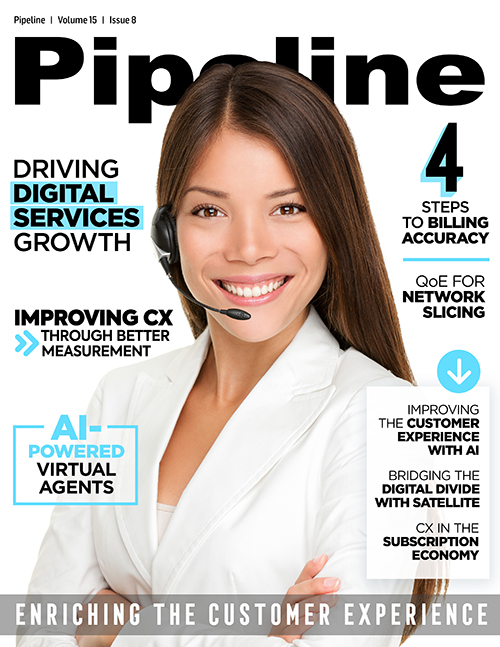A Spotlight on Customer Experience Within the Subscription Economy
By: Rick Kapani

In today’s competitive landscape, customer centricity is at the forefront of successful and thriving businesses. Organizations around the world—regardless of size or industry—are embracing major shifts in business models, strategies and mindset in order to strengthen customers’ perceptions of their brand, better known as customer experience. Customers that receive a positive experience ignite a ripple effect for organizations, creating deeper brand loyalty and attracting new customers through word-of-mouth endorsements, which are profoundly more impactful than any advertising from a company website or other marketing channel. This ripple effect contributes to higher sales and ultimately higher revenue for companies that put the customer value above all.
While it’s easy to imagine the benefits of customer experience, today’s organizations are faced with constant disruption, which is both inspiring and challenging. The emergence of new technologies and competitors creates more choices for customers and, as a result, empowers them to demand more from their products and services. Convenience, ease of use, customer service, consistency and mobility are all major factors that drive customers to instantly switch from any service provider that falls short. Amazon Prime is a classic example of a subscription model that completely transformed the consumer mindset and, by extension, the business model for traditional brick and mortar stores predicated by the above factors. In addition, social media serves as a major outlet for customer experience to turn viral. With the ability to tweet, comment, post, like or live broadcast always at arm’s length, customer reviews and social media posts can drastically benefit or cause harm to businesses depending on the type of experiences they deliver.
Looking at 2019 and beyond, Forbes predicts five top-of-mind trends that will shape how customer experience impacts businesses going forward. The first major notion is that customer experience does not belong to a single team or group of individuals within an organization. Organizations that wish to embrace a customer-centric mindset must involve all stakeholders from senior leadership to sales, marketing IT, product, and beyond. Next, businesses must be willing to abandon their complacency with antiquated business models and transform into a new business altogether. According to Gartner, more than 66 percent of CEOs plan to embrace changes in their business model over the next three years. These shifts involve the adoption of new technologies, platforms and business strategies, which transitions to the third trend, digital transformation. While many businesses may perceive it as a one-and-done approach, digital transformation is a long-term endeavor that requires continuous revolution within all aspects of the business. Like customer experience, digital transformation involves a holistic organizational shift, with support needed on every level of technology, operations, people and process.
Another major wave to impact customer experience involves the elimination of human monotony with the help of robotic process automation (RPA). More companies are relying on machines to automate routine tasks that normally bog down employees, resulting in faster response times, better customer services and increased efficiency. These changes also allow employees to refocus their efforts and skillsets on areas like strategy, creativity and innovation.





















